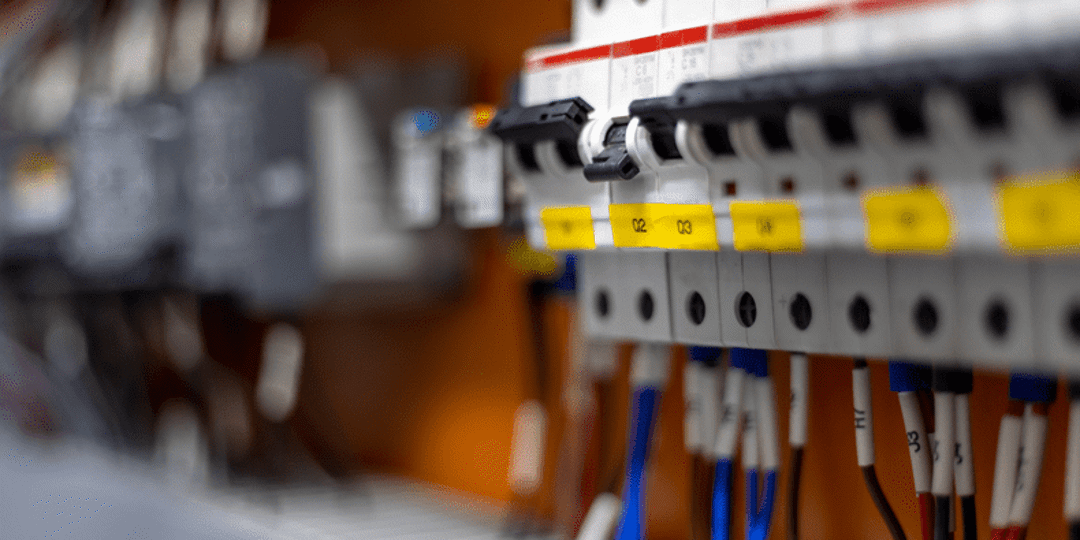How to Find What is Tripping My Circuit Breaker

October 16, 2023
Power outages can be frustrating, especially when they keep happening. You're in the middle of cooking a meal, watching your favorite show, or working on an important project when suddenly, the lights go out. Often, the culprit behind these disruptions is a tripped circuit breaker. While circuit breakers are designed to protect your home from electrical overloads, if they are tripping frequently, it's crucial to identify the underlying issue. In this blog post, we'll explore how to find what is tripping your circuit breaker and ensure a smooth and safe electrical experience.
Understand Your Circuit Breaker
Before diving into troubleshooting, it's essential to understand the basic functionality of your circuit breaker. Circuit breakers are safety devices that interrupt the flow of electricity when they detect an overload or short circuit. When a circuit is overloaded or a short circuit occurs, the breaker "trips," cutting off electricity to the affected area to prevent electrical fires and damages.
Identify the Circuit
The first step is to figure out which circuit is tripping. Start by turning off all the lights, appliances, and electronic devices in your home. Then, reset the main circuit breaker by switching it off and on. Afterward, turn on each circuit one at a time, and observe which one trips the breaker. Once you've identified the circuit, you can focus on narrowing down the problem.
Check for Overloaded Circuits
Overloading a circuit is a common reason for circuit breaker trips. Each circuit can handle a specific amount of electrical load, usually measured in amps. If you have too many high-power devices plugged into the same circuit, it can exceed its capacity and trip the breaker. To avoid this, try redistributing the devices on different circuits. For instance, plug your microwave and toaster into separate circuits to balance the load.
Look for Short Circuits
Short circuits occur when a "hot" wire comes into contact with a neutral wire, causing a sudden surge in current. This situation can be dangerous as it generates excessive heat, potentially leading to a fire. To check for short circuits, inspect the outlets, switches, and electrical cords connected to the tripping circuit. Look for signs of damage, frayed wires, or loose connections. If you find any issues, consult a licensed electrician from Mister Sparky to address the problem safely.
Assess Faulty Appliances:
Defective appliances are another common cause of circuit breaker trips. If you suspect an appliance is the culprit, unplug it from the circuit and try resetting the breaker. If the breaker doesn't trip, the appliance was likely the problem. Consider having a professional from Mister Sparky inspect and repair the faulty appliance. Remember, it's essential to address appliance issues promptly to prevent electrical hazards.
Examine Outdoor Electrical Components
Sometimes, the problem may not be inside your home but rather with outdoor electrical components. Inspect your outdoor outlets, lights, and extension cords for signs of damage or exposure to the elements. Rainwater or moisture can cause short circuits, leading to tripped breakers. If you notice any issues, consult a professional electrician to waterproof or replace outdoor electrical elements.
Seek Professional Help
If you've gone through the previous steps and still can't determine the cause of the tripping circuit breaker, it's time to call in the experts. An experienced electrician from Mister Sparky of Cincinnati can conduct a thorough inspection of your electrical system, identify the underlying issue, and implement the necessary repairs or upgrades to ensure your home's safety and efficiency. To get ahead of potential problems, complete annual maintenance on your electrical system. It is an easy way to keep your electrical running efficiently and identify small problems before they turn into something larger.
When you encounter frequent circuit breaker trips, it's crucial to remain calm and follow a systematic approach to identify the problem. Understand your circuit breaker, identify the specific circuit, and check for overloads, short circuits, faulty appliances, and outdoor electrical issues. If all else fails, don't hesitate to reach out to a professional electrician for expert assistance. By taking these steps, you can ensure a reliable and secure electrical system, providing peace of mind for you and your family.
